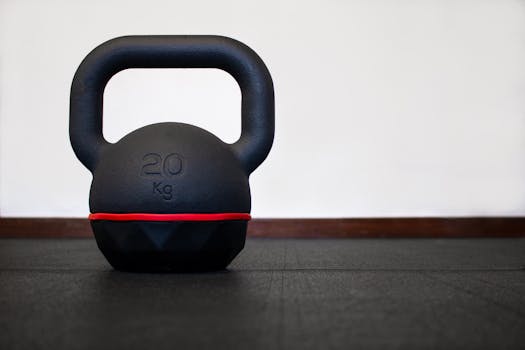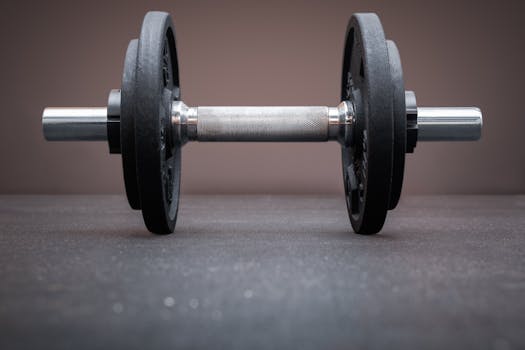
Introduction to HIIT

High-Intensity Interval Training, commonly known as HIIT, is a popular exercise method that alternates between short bursts of intense activity and rest or lower-intensity periods. This training style has gained popularity for its efficiency and effectiveness, particularly in fat loss.
Benefits of HIIT for Fat Loss

One of the primary reasons people turn to HIIT is its potential to maximize fat loss. Studies have shown that HIIT can burn more calories in a shorter amount of time compared to traditional steady-state cardio. Additionally, the afterburn effect, or excess post-exercise oxygen consumption (EPOC), means that your body continues to burn calories long after the workout is over.
How to Structure a HIIT Workout

A typical HIIT workout can be structured in various ways, but a common approach is to work at maximum intensity for 20-30 seconds, followed by a 10-30 second rest period. For example, you might sprint for 30 seconds, then walk for 30 seconds. Repeat this cycle for 15-30 minutes. Exercises can include running, cycling, bodyweight movements, or resistance training.
Incorporating HIIT into Your Routine

To reap the benefits of HIIT, consider incorporating it into your routine 2-3 times per week. It can be an excellent complement to your regular workouts, allowing you to vary your training and keep your body challenged. Always remember to warm up before starting your HIIT session and cool down afterward to prevent injuries.
Conclusion

High-Intensity Interval Training is a powerful tool for anyone looking to lose fat and improve overall fitness. Its efficiency, versatility, and effectiveness make it an excellent choice for busy individuals. By incorporating HIIT into your workout routine, you can achieve impressive results in a relatively short amount of time.






